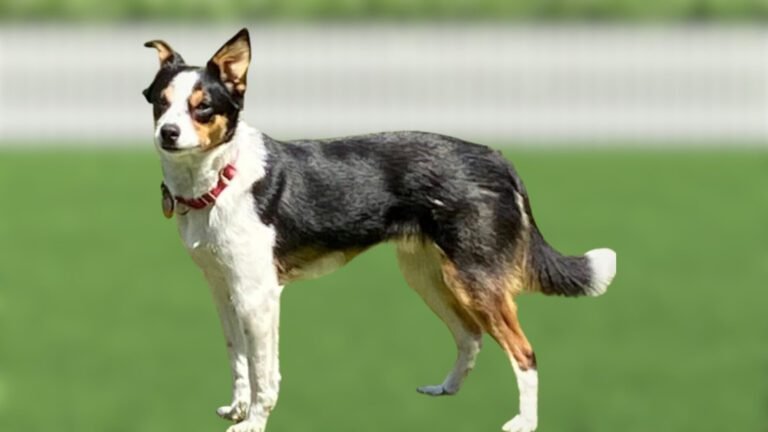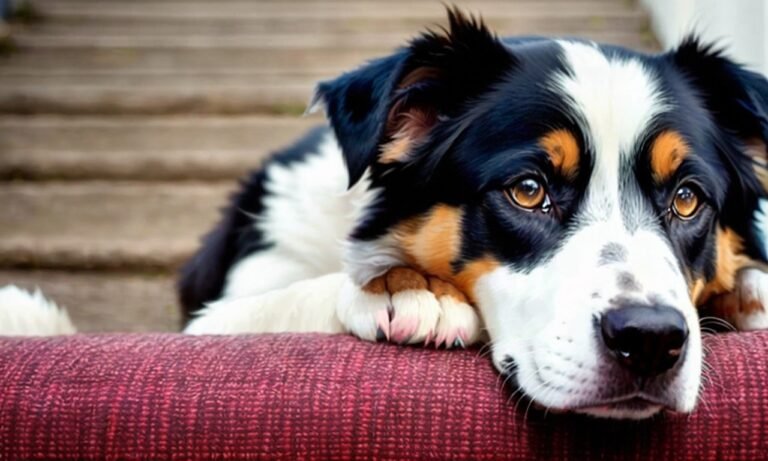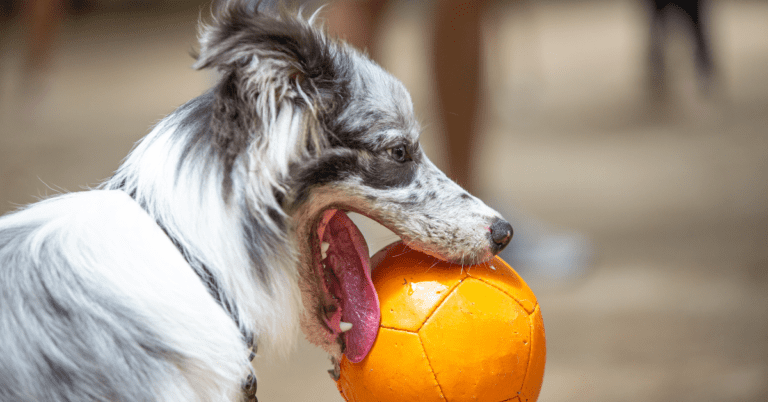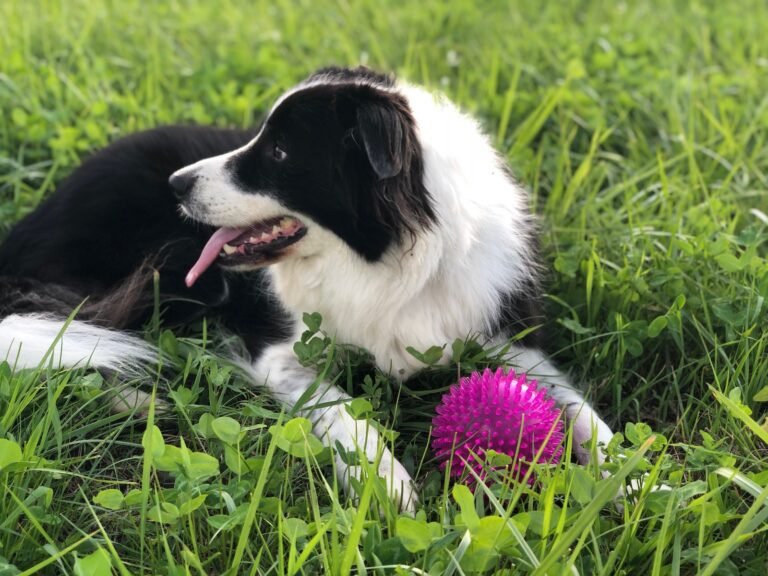Border Collie Color Variations: 10 Amazing Facts You Should Know
Did you know about the Border Collie color variations? Border Collies are one of the world’s most beloved dog breeds, renowned for their intelligence, agility, and loyalty. From classic black-and-white to vibrant merle patterns – Border Collies come with an array of hues! In this post we will examine genetic factors behind their numerous color variants while taking a closer look at some of their most commonly seen hues. So grab your furry companion (if applicable!) and let’s dive into this colorful world!
An Overview of Border Collie Color Variations.
Border Collies are beloved dogs that are beloved family companions. With gorgeous coat colors that vary greatly between dogs, Border Collies can come in all sorts of hues that include black and white, blue merle, red and white sable and chocolate tri-color.
Border Collies can come in different coat colors, yet all share some shared physical traits such as their medium-sized build with strong legs designed for agility. Furthermore, they often possess long coats which require regular grooming in order to remain healthy and shiny.
One characteristic that sets the Border Collie apart from other breeds is its impressive variety of color combinations – each dog stands out as being unique and special in his or her own way!
This variety in Border Collie color variations within this breed can be traced to genetics – specifically the inheritance patterns of specific genes responsible for controlling it. A dominant gene will always show up when present while recessive genes only show up if both parents contribute them.
Basic Genetics of Border Collie Color Variations
Border Collies derive their colors from genetics; specifically the genes responsible for pigmentation. Each dog inherits two copies of these genes from both parents.
Border Collies inherit multiple genes that influence their coat colors, but one of the key ones is known as the B gene, which regulates whether or not their dog possesses black pigment in their coat. It comes in two forms – B (for black) and b (brown), where two copies of either allele will result in black pigmented coats while at least one copy of either allele will bring brown hues instead.
E is another essential gene, which determines whether or not a dog has any black pigmentation at all on its body. Dogs carrying at least one copy of the dominant E allele will exhibit some degree of black in their coats while those possessing both copies of recessive E allele are completely free from any black hues in their coats.
Other genes may influence specific aspects of a Border Collie’s coat coloration as well, including dilution or modifier genes that lighten or darken certain shades or how different hues blend on an individual dog’s fur coat. All in all, there are numerous variables at work in determining what colors a given Border Collie will display!
What determines Border Collie color variations?
Border Collie color variations and patterns are determined by their genetic make-up, with specific genes responsible for producing specific hues or patterns in their coats.
One key determinant in choosing a pup for adoption is his or her level and type of pigmentation in their skin and hair follicles, specifically its type and amount of eumelanin and pheomelanin pigments which produce black or brown hues in certain dogs, respectively.
Factors which could potentially have an effect on Border Collie color variations include his or her parents’ genetics as well as potential mutations caused during cell division. Over time, environmental conditions could also have an influence on his or her coat.
Border Collie color variations are determined by numerous complex mechanisms. Although general guidelines can be established based on breed standards and common genetic traits, each individual dog will ultimately possess its own set of genes which determines their appearance.
Primary Border Collie Color Variations
Border Collies come with a range of primary colors that are determined by their genetic makeup. Black and white is most prevalent, while red/white pairs may also exist among this breed. There may also be variations to these primary hues.
One such variation is blue merle coloring, which features a grayish-blue base hue with black mottling throughout its coat. Another distinctive variation is sable coloring which ranges from light gold to dark mahogany with darker tips on each hair strand to create an “ombred” effect and shaded appearance.
Tricolor border collies feature black, white, and tan markings while bi-color collies come exclusively in Black or Red & White combinations. Some rare colors like Lilac and Chocolate may occur due to recessive genes; however, these dogs do not qualify for showing purposes under AKC standards.
Note that while certain Border Collie color variations may be more desirable or sought-after than others, all variations contribute equally to working abilities and intelligence levels of this breed.
Border Collies Can Display Different Shade Variations
Border Collies can be distinguished from other breeds by having secondary Border Collie color variations that add even greater variety and beauty to them, usually appearing as markings on their coat.
One popular secondary Border Collie color variations among dogs is white markings. This can range from small patches on their chest or toes to larger parts of their bodies being white in hue. Another popular marker is brindle stripes layered on top of another base color.
Sable merle is an exquisite secondary variation, consisting of patches of brown-reddish hues mixed with lighter tones and scattered black spots throughout its coat. Tri-color also stands out as an intriguing color combination: most parts of its body is covered by black while tan marks appear above each eye and on cheeks, legs & under tail.
Secondary variations like these give each Border Collie its own personality and add extra charm to an already adorable breed – no wonder so many people fall in love with them!
Pattern Variations in Border Collies
Border Collies’ unique appearance is further highlighted by their many distinct patterns. One of the more commonly seen is a traditional black and white pattern whereby their fur has mostly black fur with some white patches.
Merle is another common pattern variation, producing a mottled appearance on the coat. Merle can come in different hues such as blue or red and typically features lighter spots of color mixed throughout its expanse.
Border Collies can sometimes exhibit brindle patterns. These distinctive stripes of darker color over a lighter base coat range from subtle to striking in appearance and may range in intensity depending on their placement on the coat.
Saddleback is another variation on a classic black and tan look; however, with more prominent areas of dark brown or mahogany color throughout their body rather than only on their neck or legs.
Tricolor fabrics feature three distinctly colored elements – typically black, white and tan – combining to form an understated yet sophisticated appearance.
These different patterns give each Border Collie its own individual charm while remaining true to breed standards colors. Breeders cannot create new patterns; genetics is solely responsible!
Do breeders create new Border Collie color variations?
Given the popularity of Border Collies, breeders often strive to create new Border Collie color variations through selective breeding. While creating such variation may produce desirable effects, creating them through selective breeding may pose health risks to dogs.
Breeders commonly crossbreed various kinds of dogs in order to create new Border Collie color variations; however, this practice can lead to unwanted traits being passed along, including genetic disorders or behavioral problems.
Breeders sometimes resort to harmful practices, including dyeing or bleaching a dog’s fur in order to change its color; such practices are both unethical and present serious health risks for the animal.
Researching and selecting reputable breeders of Border Collies is of utmost importance for potential buyers who wish to make the investment of buying one of these animals. Focus should always remain on producing healthy puppies with good temperaments rather than on producing trendy color variations.
Border Collie Color Variations Conclusion
After exploring the many Border Collie color variations, it becomes evident that this breed offers an expansive spectrum of options when it comes to appearance. From classic black and white hues like those seen here to unique shades like blue merle and lilac hues – there is certainly no lack of choices when searching for an addition for one’s family!
Understanding the genetics underlying Border Collie color variations can be useful for predicting what colors might appear in future litters. It’s important to keep in mind, however, that breeding solely based on coat color could result in health complications and shouldn’t be the primary consideration when selecting a breeder or puppy.
Breeders attempting to introduce new Border Collie color variations through selective breeding should do so with caution as doing so could potentially endanger the health of their breed.
No matter your choice of Border Collie varieties – classic black and white or more exotic such as red merle or sable – each will bring something special into the family home. Finding a healthy pup from a breeder that prioritizes animal wellbeing should always come first.
FAQs (Border Collie Color Variations Frequently Asked Questions )
Q. Can two Border Collies of different colors produce puppies of various hues?
A: Yes! Even when both parents have identical coat colors, their pups could inherit genes from previous generations that result in different coat colors.
Q: Are certain Border Collie colors more susceptible to health issues? A: Yes.
A: While there is no direct relationship between a dog’s coat color and health, certain genetic traits linked to certain colors could increase risk for certain illnesses or conditions.
Q: Will my Border Collie puppy’s coat color change as they get older?
A: As puppies mature, their fur coloration may change gradually over time. This usually happens during their first year but may continue into adulthood – some dogs will experience subtle shifts while others can undergo drastic transformations.
Understanding Border Collie genetics provides an interesting glimpse into these amazing animals. From classic black and white dogs to one of many stunning variations available, each pup embodies their own special qualities that make them stand out. As breeders explore new possibilities within this incredible species- new varieties of Border Collie color variations are sure to appear over time!








